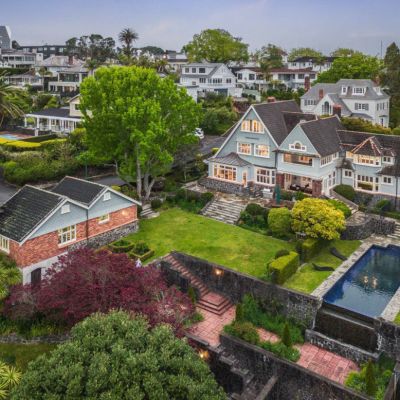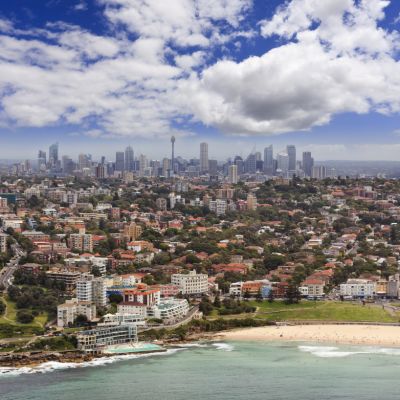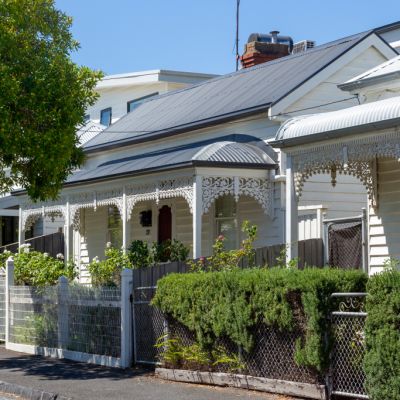Home prices boom in three-quarters of top global cities during the pandemic: Juwai IQI report
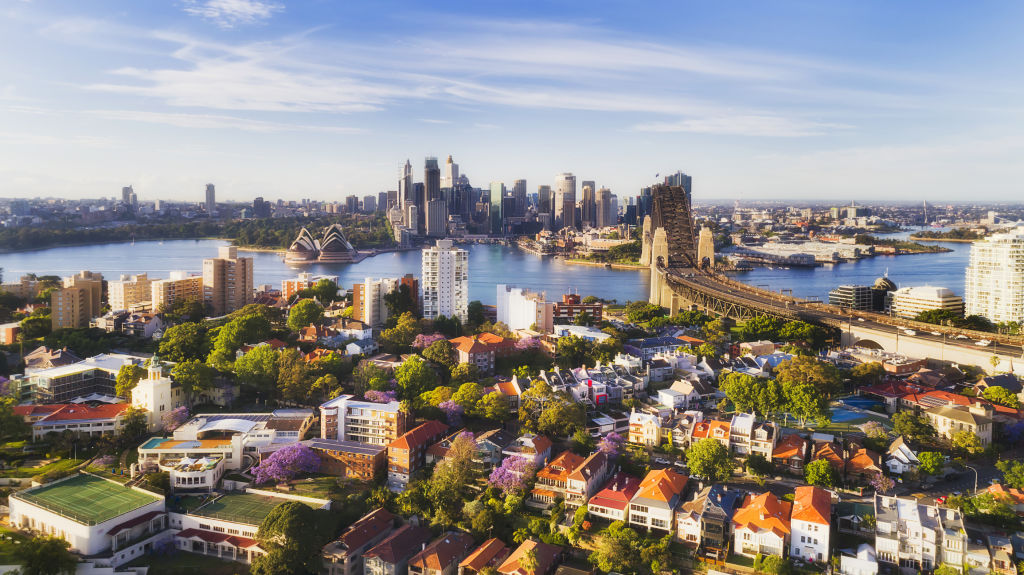
Australian house hunters dismayed by the country’s rapid price gains may want to spare a thought for their New Zealand counterparts, who are facing some of the steepest price hikes in the world.
Auckland is among the top cities globally for house-price growth, ranking among the likes of Los Angeles and Toronto, which all recorded price jumps of at least 30 per cent since early last year.
Property prices have boomed in three out of four top global cities during the pandemic, as changing preferences for housing, low interest rates, and increased savings drive up buyer demand and prices, according to a new report from the Chinese property portal Juwai IQI.
Montreal saw the strongest growth of the 21 cities analysed, with its median up almost 39 per cent to about $US397,360 ($540,335), with the city’s affordability noted as a key drawcard for buyers priced out of Vancouver and Toronto.
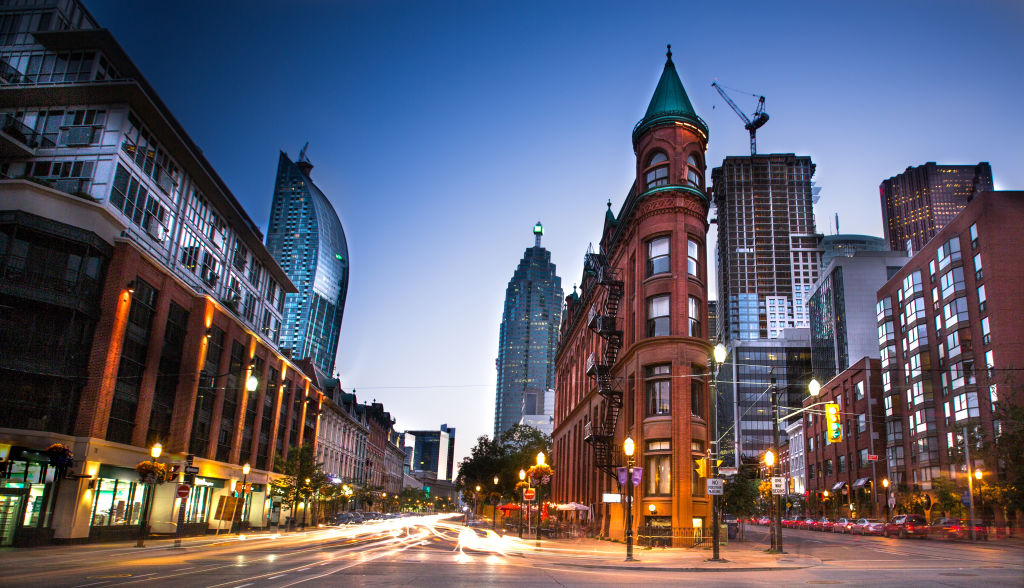
It was followed by Los Angeles (34.6 per cent), Auckland (32.2 per cent), Toronto (30 per cent) and Manchester (19.4 per cent) in the report, which tracked the price difference between the first quarter of 2020, and the latest 2021 price data – often from quarter one in many cities.
Government stimulus measures reduced the economic damage caused by the pandemic and helped inflate property markets, the report noted, at the same time, as new demand trends emerged due to buyers re-evaluating their living situation. This shift in housing preferences combined with factors such as inexpensive financing, the wealth effect, increased savings, and reduced non-housing spending had contributed to higher buyer demand.
Juwai IQI Group co-founder and executive chairman Georg Chmiel said Australian cities were near the centre of the pack compared with other major metropolises.
Sydney ranked 8th amongst the cities, with a gain of 12 per cent, with Perth in 9th spot with an increase of 9.7 per cent, with the report using Domain data for the year to March.
Brisbane ranked 11th with an increase of 8.2 per cent, and Melbourne placed 14th with a jump of 6.1 per cent. More recent price gains, which saw several cities hit record highs, were not taken into account.
“Anyone living in Australia probably feels like local home prices have shot up at shocking rates, but the increases have been mild when compared to Montreal, Los Angeles, Auckland and Toronto, where prices have soared by at least 30 per cent [since the start of 2020],” Mr Chmiel said.

ANZ New Zealand chief economist Sharon Zollner said record-low mortgage rates, a housing shortage, and a temporary easing of macroprudential measures when the pandemic hit had seen prices soar in Auckland and right across New Zealand.
However, affordability constraints, tax changes for investors, rising mortgage rates and the expectation that the Reserve Bank of New Zealand would start lifting the cash rate next week had led to growth slowing, she said.
“House prices are up nearly 30 per cent [over the year] we just don’t think they can go much higher – they can’t maintain that pace at least – because they’re now completely out of whack with incomes,” Ms Zollner said.
“People are borrowing too much money at the moment … it would be better to cool demand down a little bit now,” she added.
| Price Gain Rank | City | Before Covid ($US) | After 1+ Years of Covid ($US) | Value Gain ($US) | % Gain |
| 1 | Montreal | $ 286,099 | $ 397,360 | $ 111,261 | 38.90% |
| 2 | Los Angeles | $ 538,500 | $ 725,000 | $ 186,500 | 34.60% |
| 3 | Auckland | $ 606,267 | $ 801,388 | $ 195,121 | 32.20% |
| 4 | Toronto | $ 666,044 | $ 865,876 | $ 199,832 | 30.00% |
| 5 | Manchester | $ 283,933 | $ 339,096 | $ 55,163 | 19.40% |
| 6 | Vancouver | $ 801,634 | $ 933,875 | $ 132,241 | 16.50% |
| 7 | Shenzhen | $ 1,092,480 | $ 1,241,040 | $ 148,560 | 13.60% |
| 8 | Sydney | $ 859,779 | $ 963,050 | $ 103,271 | 12.00% |
| 9 | Perth | $ 387,900 | $ 425,630 | $ 37,729 | 9.70% |
| 10 | Lisbon | $ 206,157 | $ 224,808 | $ 18,652 | 9.00% |
| 11 | Brisbane | $ 430,165 | $ 465,637 | $ 35,472 | 8.20% |
| 12 | Berlin | $ 672,588 | $ 726,282 | $ 53,694 | 8.00% |
| 13 | Singapore | $ 1,470,432 | $ 1,581,498 | $ 111,066 | 7.60% |
| 14 | Melbourne | $ 675,542 | $ 716,771 | $ 41,228 | 6.10% |
| 15 | Kuala Lumpur | $ 397,829 | $ 421,301 | $ 23,472 | 5.90% |
| 16 | New York (Manhattan) | $ 1,075,000 | $ 1,130,000 | $ 55,000 | 5.10% |
| 17 | Paris | $ 1,477,999 | $ 1,503,433 | $ 25,434 | 1.70% |
| 18 | Ho Chi Minh City | $ 294,101 | $ 296,160 | $ 2,059 | 0.70% |
| 19 | London | $ 914,451 | $ 861,614 | -$ 52,837 | -5.80% |
| 20 | Bangkok | $ 975,549 | $ 914,090 | -$ 61,460 | -6.30% |
| 21 | Tokyo | $ 759,811 | $ 703,454 | -$ 56,356 | -7.40% |
Affordability constraints are also biting in Australia. While fixed-rate mortgage rates are starting to rise, the Reserve Bank of Australia still does not expect to lift the cash rate until 2024.
PRD Real Estate chief economist Diaswati Mardiasmo said in Australia and around the world, low rates – which enabled cheaper borrowing and reduced the appeal of leaving savings in a bank – stimulus packages and a change in spending habits had pushed more people into the housing market. At the same time, supply chain pressures for the residential construction industry had slowed the delivery of new homes.
“If you combine all of those ingredients together, it results in property markets around the world going up by numbers that people were not expecting,” she said.
Dr Mardiasmo added a drop in the number of homes on the market due to the lastest lockdowns had only increased competition on properties, as buyer demand remained strong. She added the market was also drawing international interest, as Australia was seen as a safer place for investment due to its handling of the pandemic.
Mr Chimel said that Australia had an appealing story of strong but relatively measured price growth to foreign investors and was doing much better than global competitors such as London or Tokyo.
“Our Australian forecast for 2022 is for price growth to continue at more moderate rates. The same factors that have been supporting demand over the past year and a half are still prevalent, most notably cheap mortgages and a fear of missing out. On the other hand, an increase in supply and buyer fatigue will likely reduce the rate at which prices climb.”
The report noted that Chinese demand for Australian real estate was expected to grow modestly in the year to come, with pent-up demand likely to flow through when borders reopen. Further upward price pressure would likely result as inbound migration resumes.
We recommend
We thought you might like
States
Capital Cities
Capital Cities - Rentals
Popular Areas
Allhomes
More
